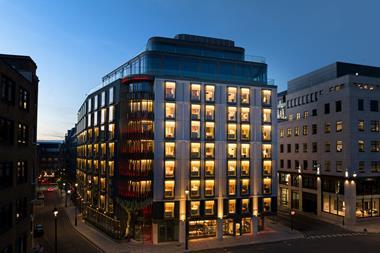I’ve stopped looking at my personal share portfolio. I was never the best investor in the world, but the last time I was brave enough to check, I nearly made myself ill seeing how my funds of technology stocks, US growth, US smaller companies, Asia, next gen emerging markets and all the others were showing up in red numbers between -30 and -50%.

For a healthy dose of optimism, I know from experience to read the transcript of Blackstone’s latest earnings summary where chairman and CEO Stephen Schwarzman, Jon Gray, president and COO, and Michael Chae, CFO, can be relied upon to highlight reasons to be cheerful.
They did just that, but the issue this time was the financial analysts posing the questions last week for the Q2 results (Morgan Stanley, JPMorgan, Deutsche Bank, Goldman Sachs etc..) were borderline filling the airwaves with concerns. What about the fundraising environment, what does Blackstone hear from its distribution partners about the potential for larger redemptions, should there be slowing demand for private credit products, what about press reports suggesting a dialling back on deal financing?
All reasonable questions and of course Blackstone was reassuring – it is worth reading the answers.
But the point is, without trying to take a sledgehammer to sentiment, there are certainly plenty of legitimate worries out there as the investment climate is altering.
Bringing things directly to real estate, for one thing rising interest rates are really adding to the cost of the financing deals and making things much more difficult than just three months ago.
The performance of equities has re-introduced the denominator effect. This week, Kiran Patel, CIO of Savills Investment Management, mentioned this in a guest commentary as he pondered if we are seeing the first few cracks emerging in the wall of money for real estate investing. Subscribers can read that here.
Fund managers are re-assessing the timing of asset sales. For some assets, they are selling perhaps a little bit ahead of business plan, while in other instances they have been inclined to pull the sale.
Rotating assets
This is one of the most interesting areas to examine: whatever a company’s cost of capital (whether a public company, an open-ended core fund, or a value-added fund, for instance), what are the majority doing? Is everyone selling dry assets to acquire value added investments? We need to take a poll on that!
The linked point is that investors are headed into a very different next ten-year market compared to the last decade of lower-for-longer interest rates. What does that mean for asset values, and how do investors preserve capital?










